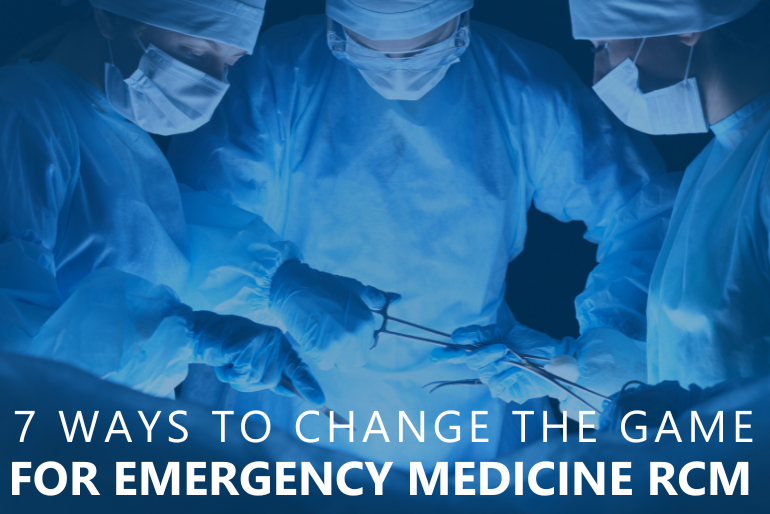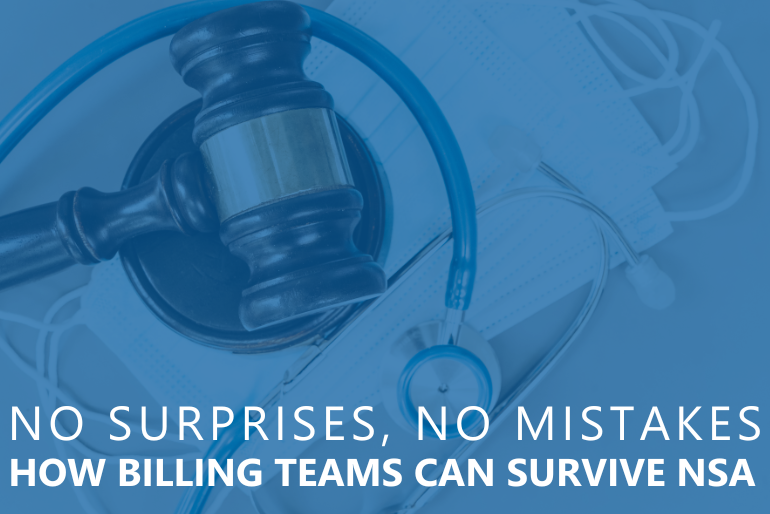Rising health insurance deductibles and out-of-pocket costs are prompting more and more patients to they’re the new payer. According to Healthcare IT News, “The balance of billing revenue has shifted significantly, with patients now accounting for 30 percent of healthcare revenue on the back end.”
In turn, healthcare providers are increasingly focusing on strategies and tools to promote patient payments/engagement. There’s not a one-size-fits-all method for achieving this, but there are ways to humanize patient engagement to ensure these individuals don’t feel like just a number. In this blog, learn more about patient engagement factors and how to enhance them within your own medical practice.
Learn More in our On Demand Webinar | Patient Engagement in Top Gear | How Empowering Patients is Accelerating Revenue
How to Increase Patient Engagement in your Medical Practice
Understanding Patient Engagement
According to the National Library of Medicine, “Patient engagement has been credited with contributing to improved outcomes and experiences of care… The analysis revealed four defining attributes of patient engagement: personalization, access, commitment and therapeutic alliance. Patient engagement is defined as the desire and capability to actively choose to participate in care in a way uniquely appropriate to the individual, in cooperation with a healthcare provider or institution, for the purposes of maximizing outcomes or improving experiences of care.”
Price Transparency
47% of U.S. adults say they have difficulty affording health care costs, and an even larger percentage of patients do not know the cost of their medical services until receiving the bill. For a patient to be truly engaged, he or she must first receive the necessary information to make an informed decision. This information includes a full cost estimate of the procedure or treatment in relation to the care they will receive.
Offering patient payment estimation technology enables medical practices cloud-based, real-time health plan eligibility verification at the point-of-care. The ability to exceed patients’ expectations by sharing their insurance coverage/the cost of their care upfront allows them the ability to plan for their treatment. This transparency dramatically reduces patient confusion and increases their trust – Driving the medical treatment they need and practice revenue.
Patient Payment Options
Once patients receive their medical bills, they’re typically not paid right away, or at all. Many providers offer payment plans that allow patients to gradually pay off what they owe in installments over time; this can help ease the burden of large upfront payments and make it easier for both parties involved. What’s more, offering a range of payment options to patients has been found to improve customer satisfaction as well as providers’ collection processes.
To support patient payment plans more effectively, providers need modernized tools that cover pre-visit through post-payment processes. These may include online patient portals for easy access and management of medical bills; mobile apps; contactless mobile wallets; pay by text or scanning QR code features; automatic electronic file transfers for reconciliation; auto-posting of remaining balances; and so on. Such technologies will make it easier for patients to stay up-to-date with their payments while also enhancing their overall experience with their provider.
Leveraging Technology
Equipped with the power of artificial intelligence (AI) and automation technologies, practices are elevating patient experiences by accurate data collection, dynamic communication, and flexible payment operations – thus empowering medical teams to focus on what matters most, the patients.
For maximum effectiveness in patient engagement, both healthcare providers and payers must customize communication with each individual patient based on their needs and goals. This doesn’t just apply to direct patient communication; data gathering and analysis should also consider demographic data to determine a patient’s capacity to pay. Proactive data-based billing takes away the need for patients having to navigate the system independently.
ImagineSoftware proudly offers such patient engagement solutions, helping eliminate surprise billing and improve cash flow by providing financial experiences for patients that better meet their needs. Features including personalized payment cycles, coverage verification, AI-driven patient communication, and convenient payment methods are all designed to enhance both patient and provider experiences.
In conclusion, driving your practice’s patient engagement stems from communication. Communicating with patients about their coverage, payment options, and financing plans humanizes the entire experience – making them feel like more than just a number.
Learn more about ImagineSoftware’s patient engagement-enhancing solutions during a demo with one of our RCM experts – Schedule Now!



